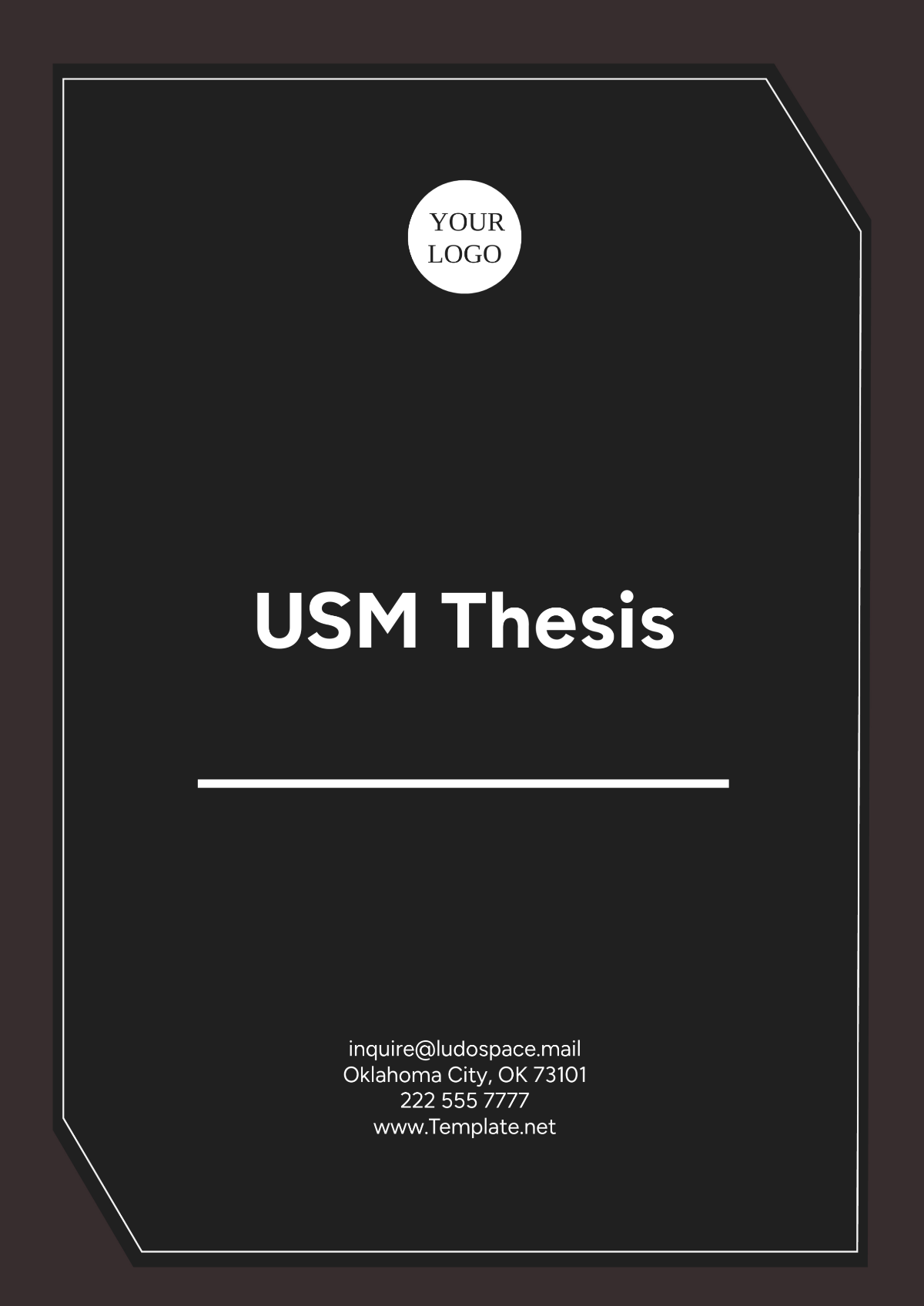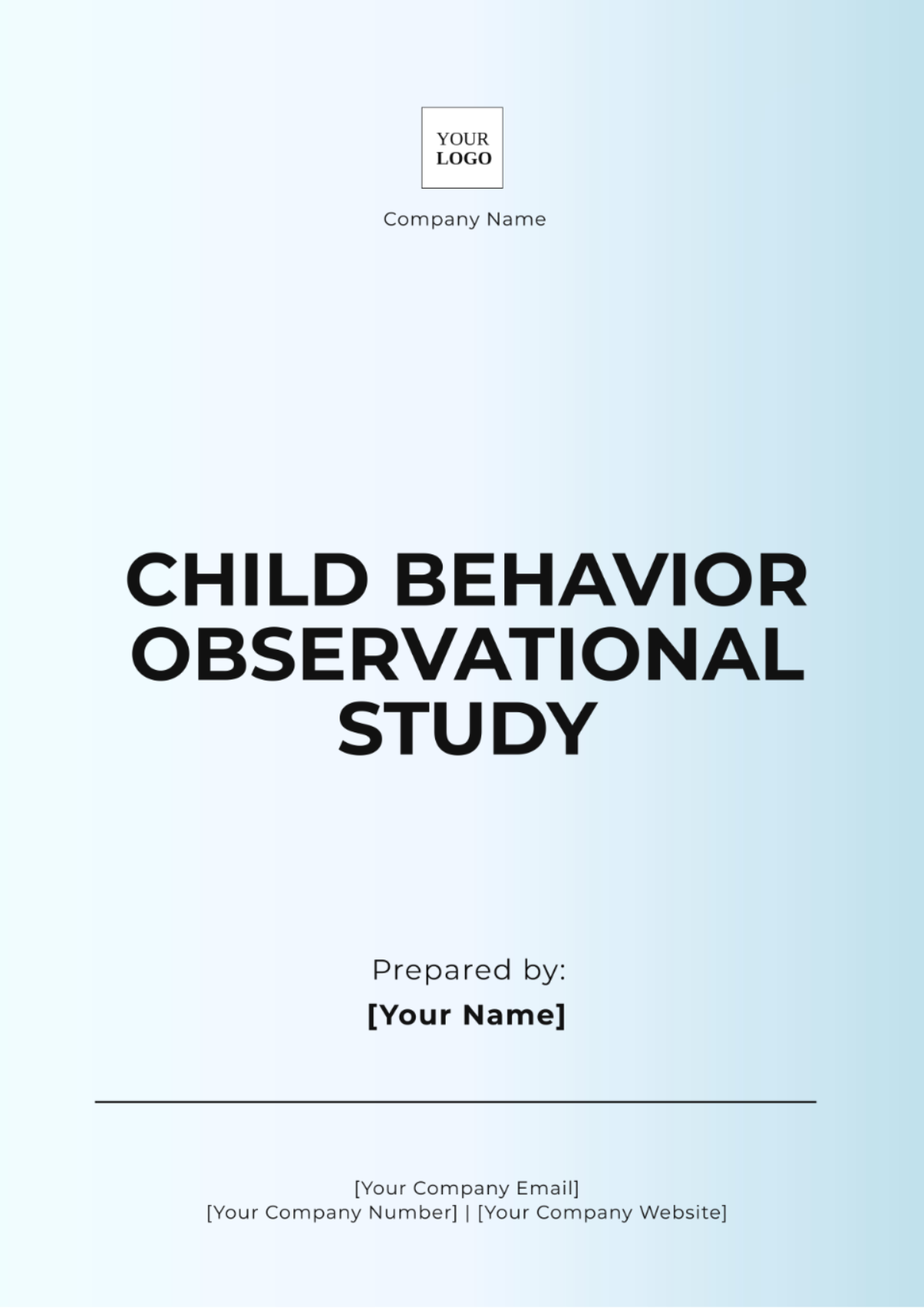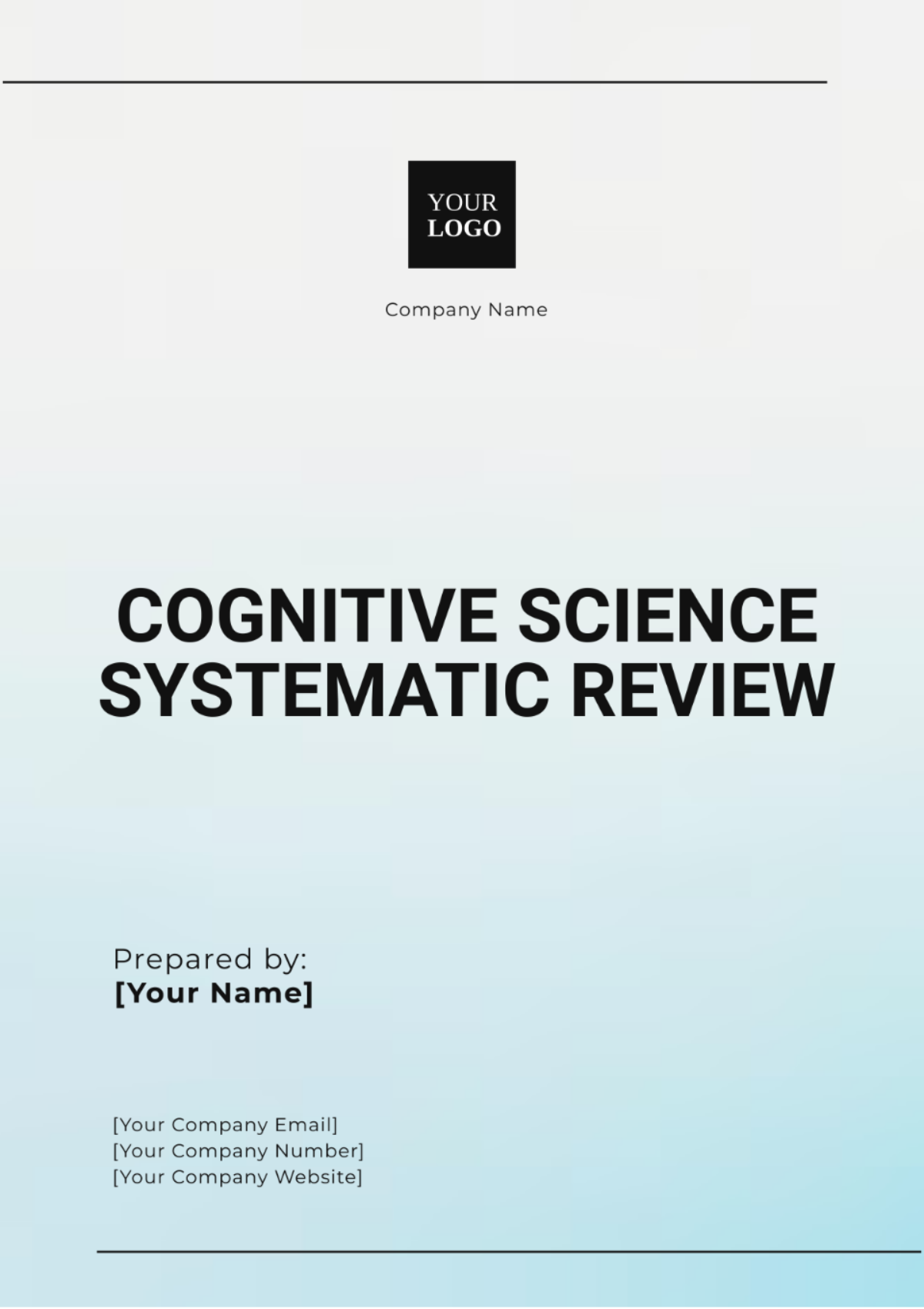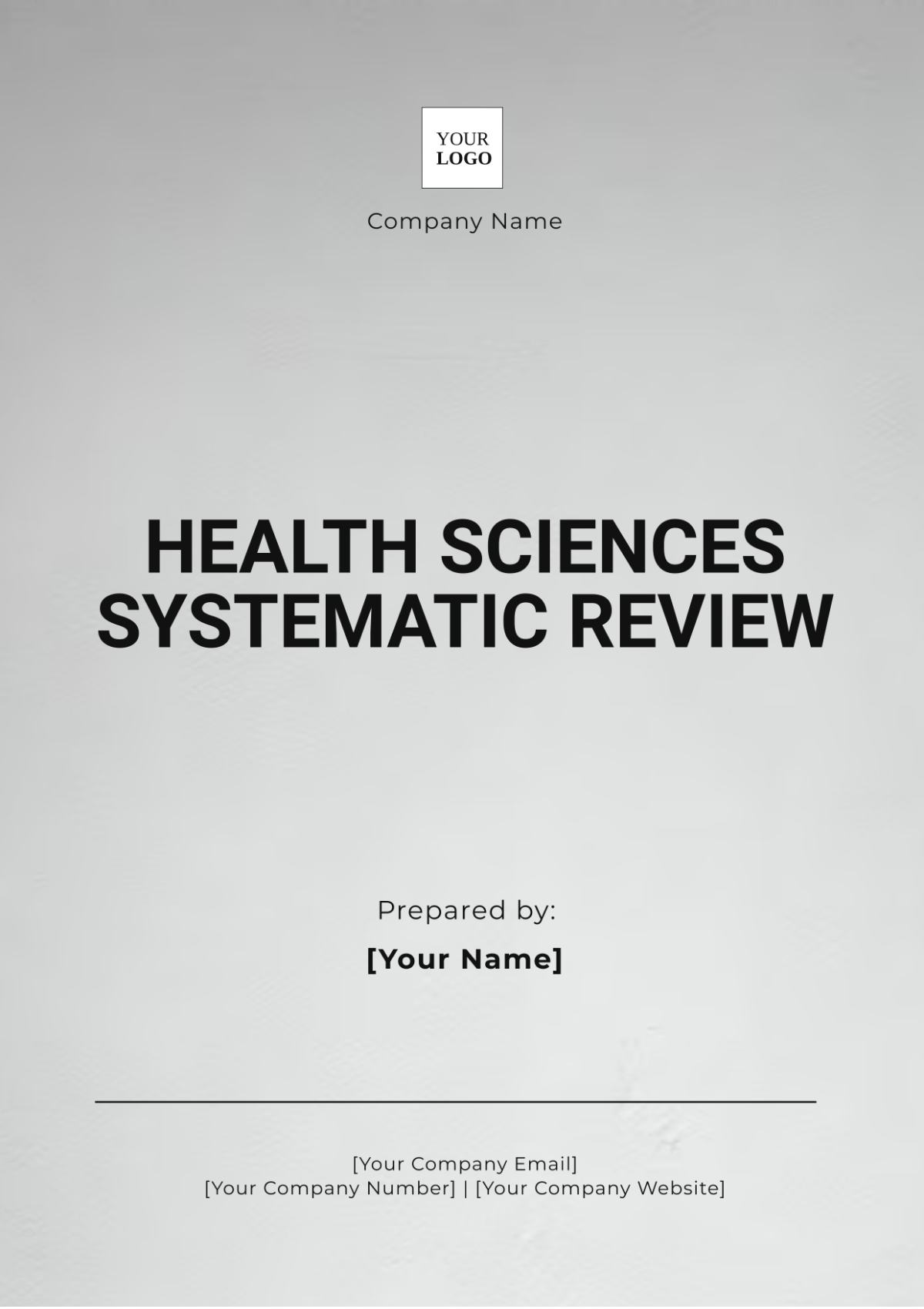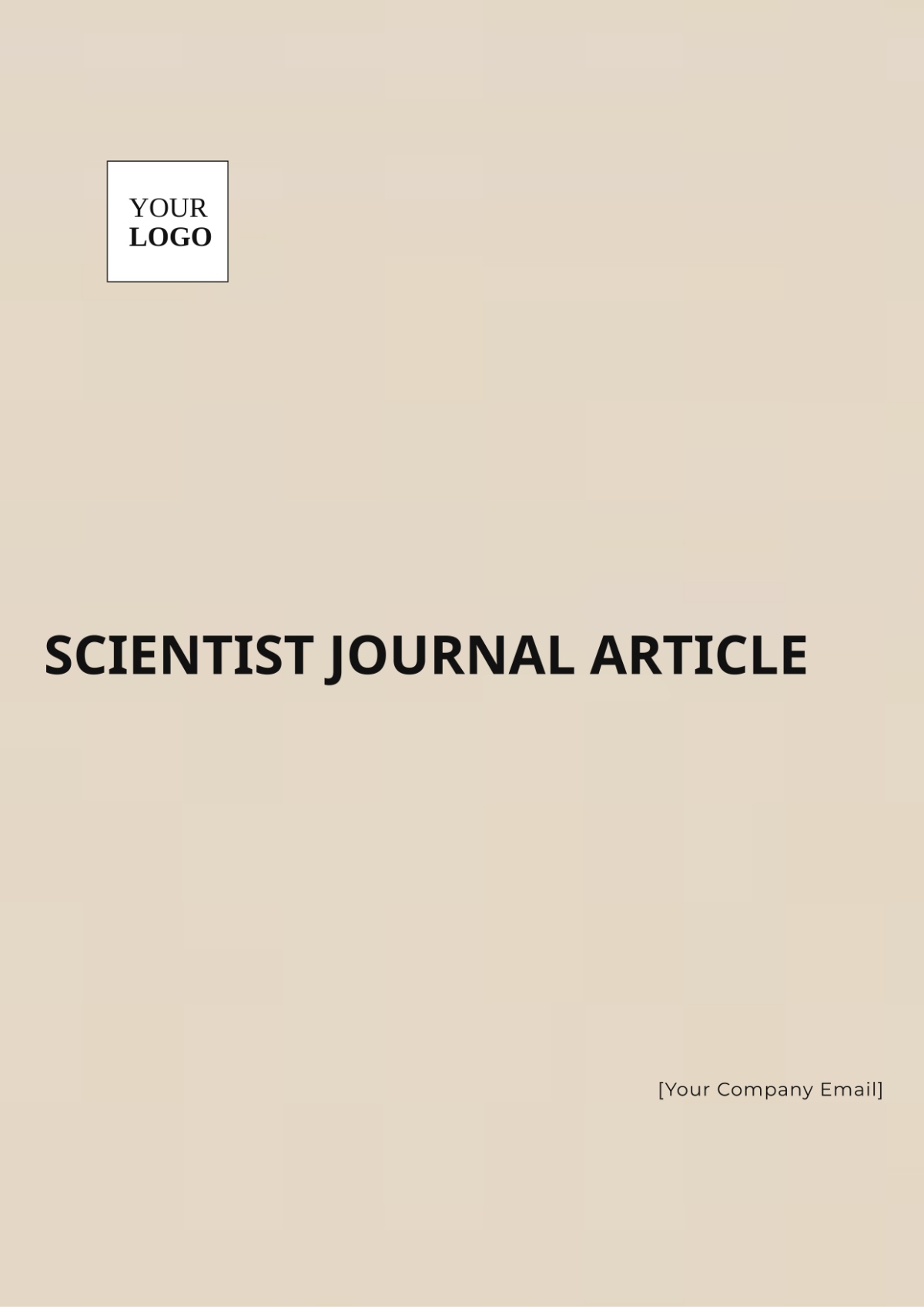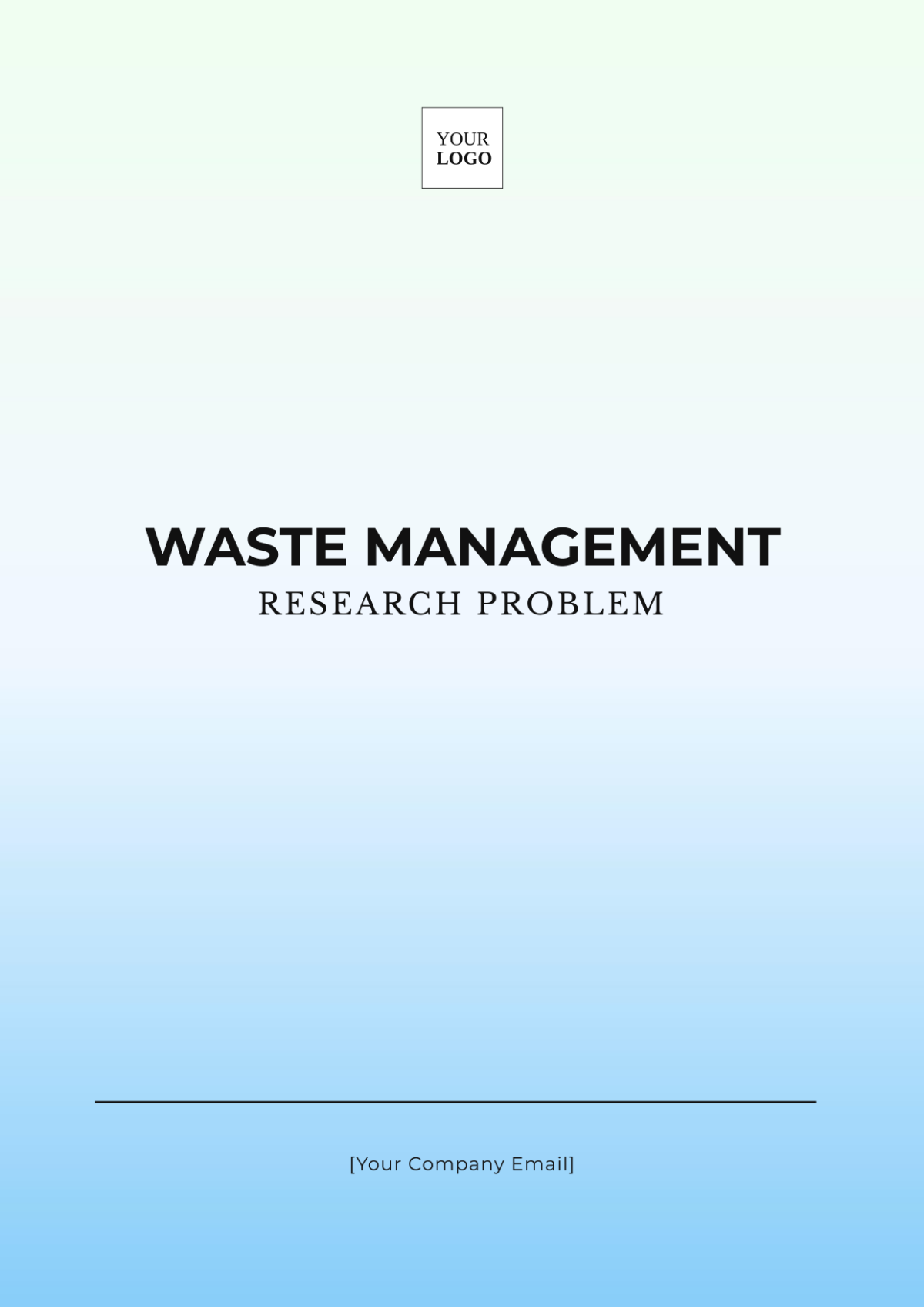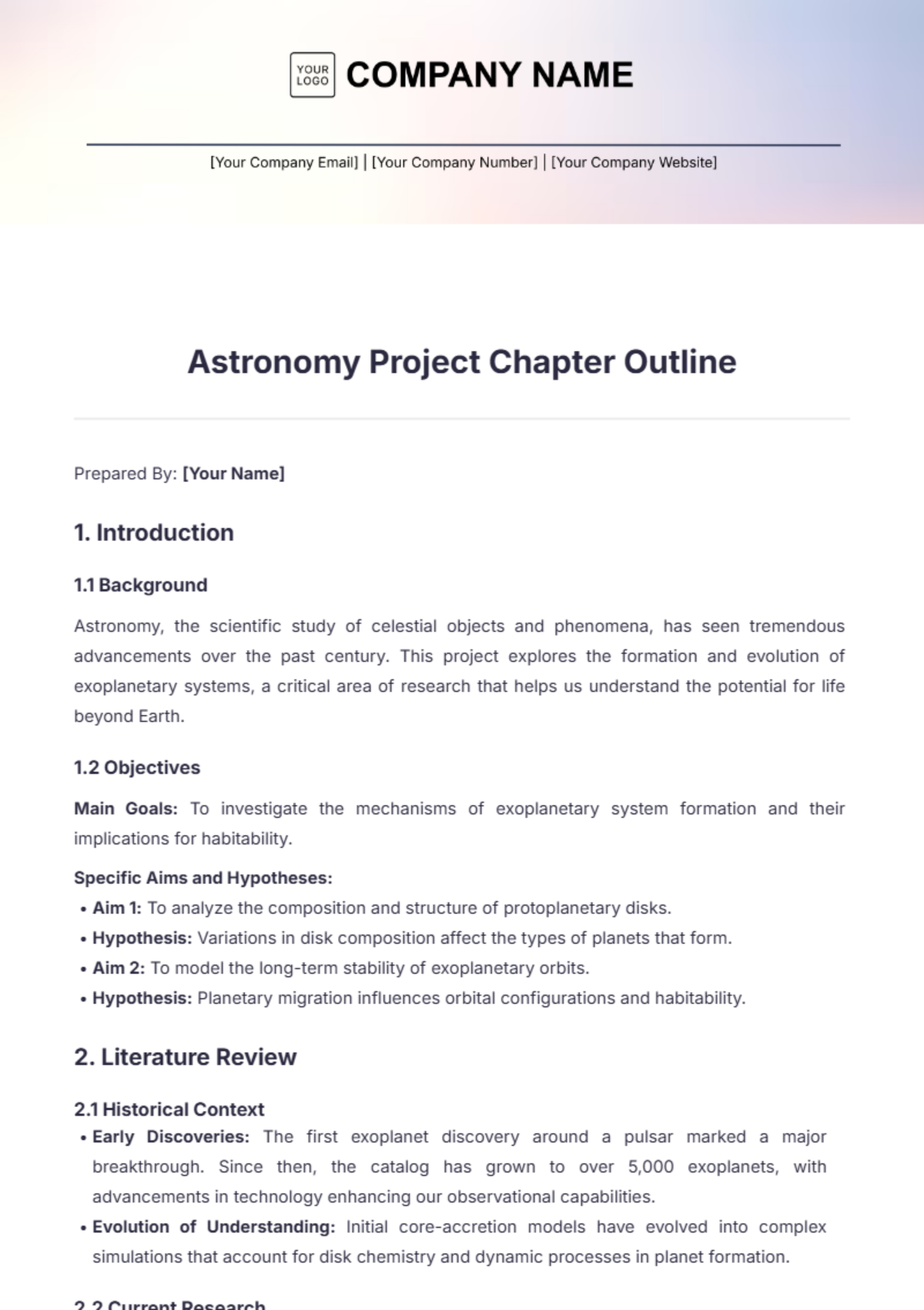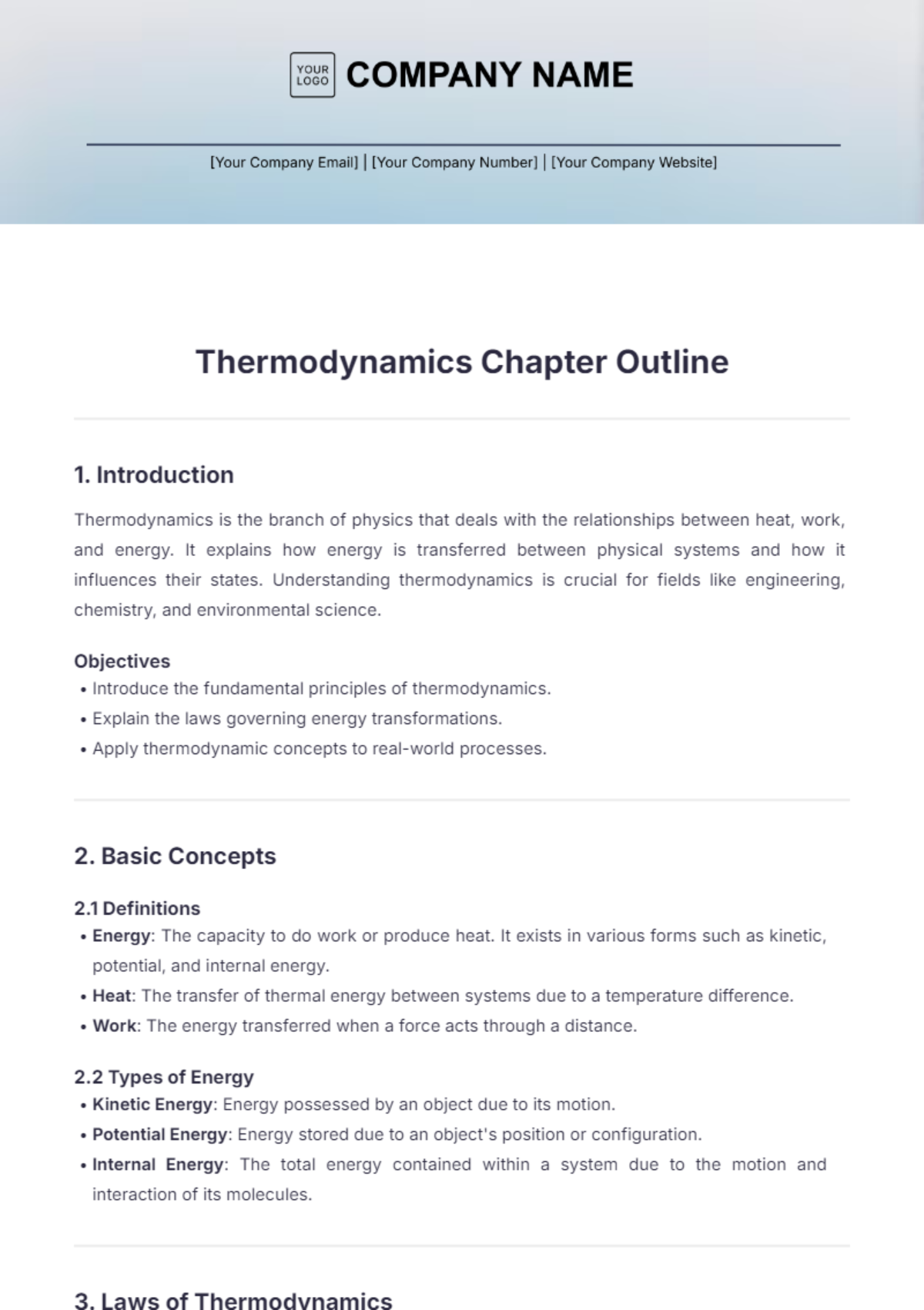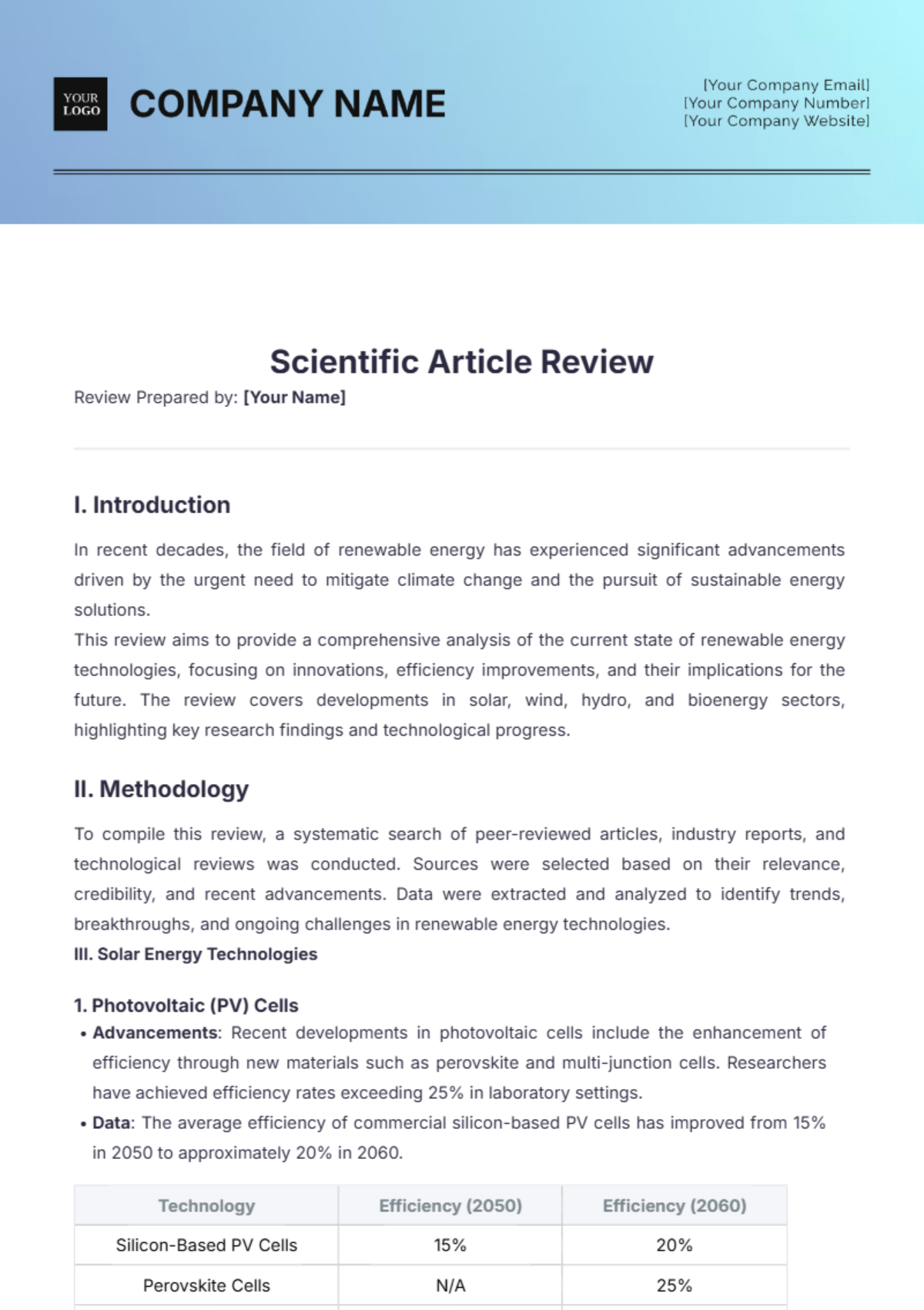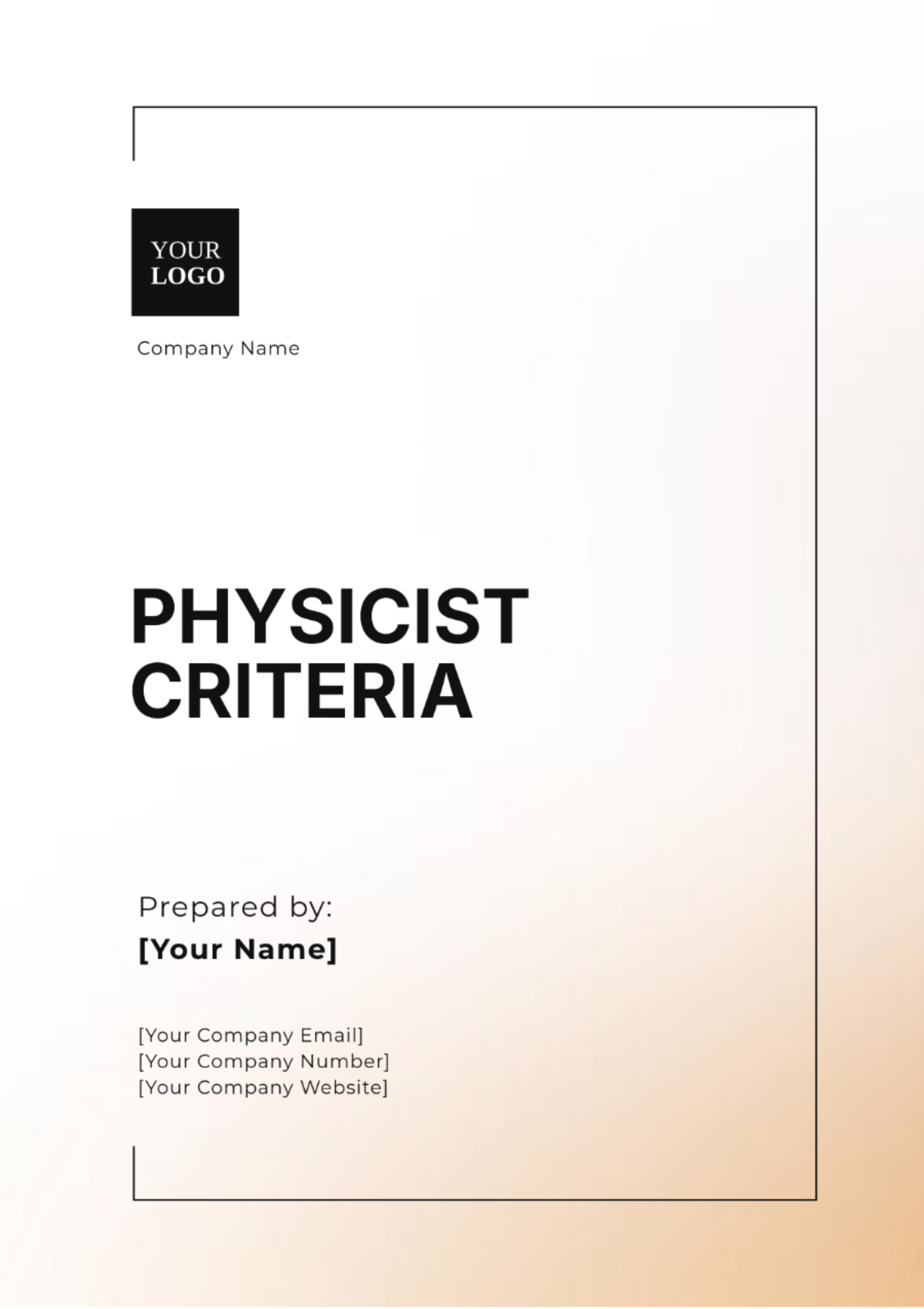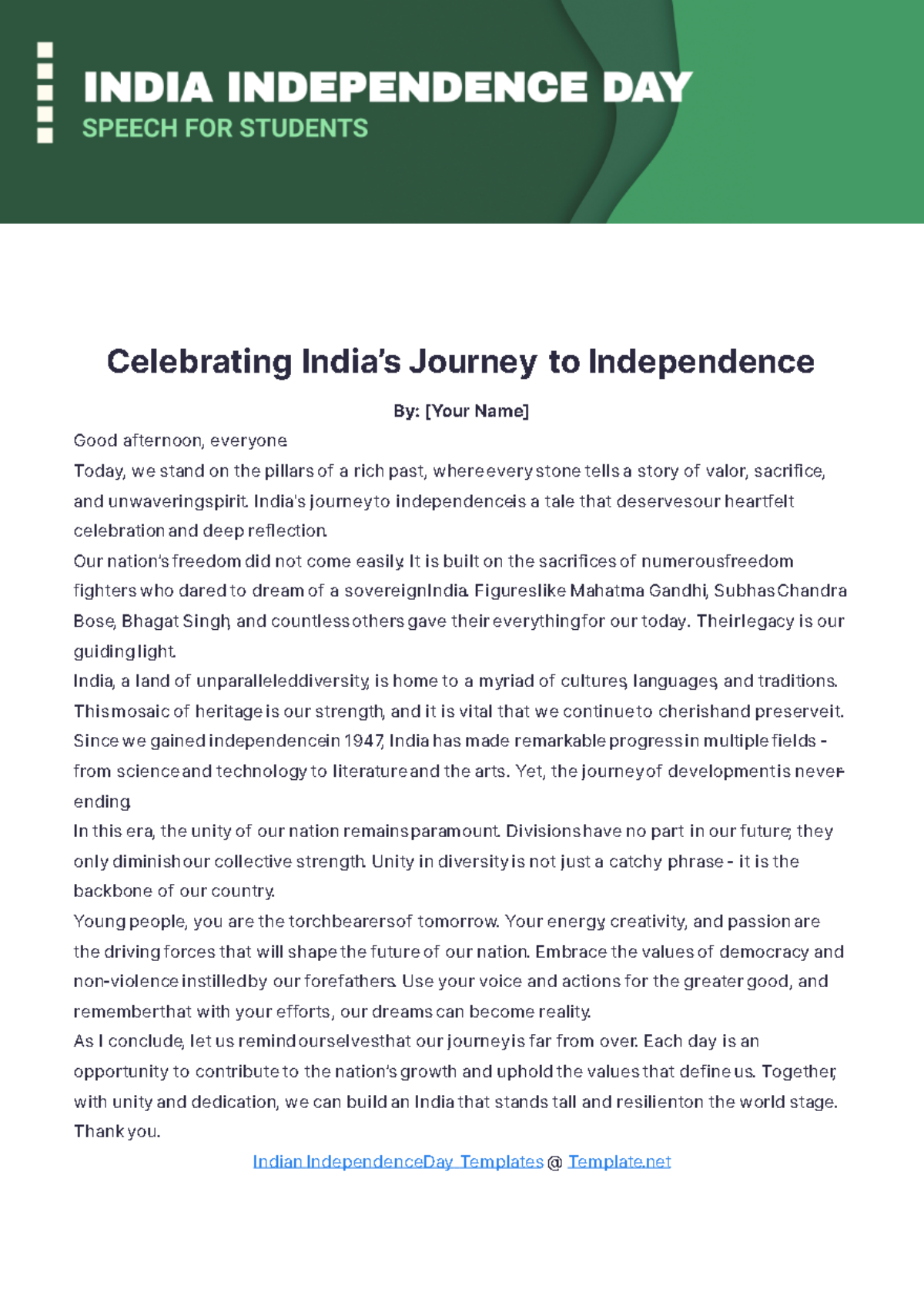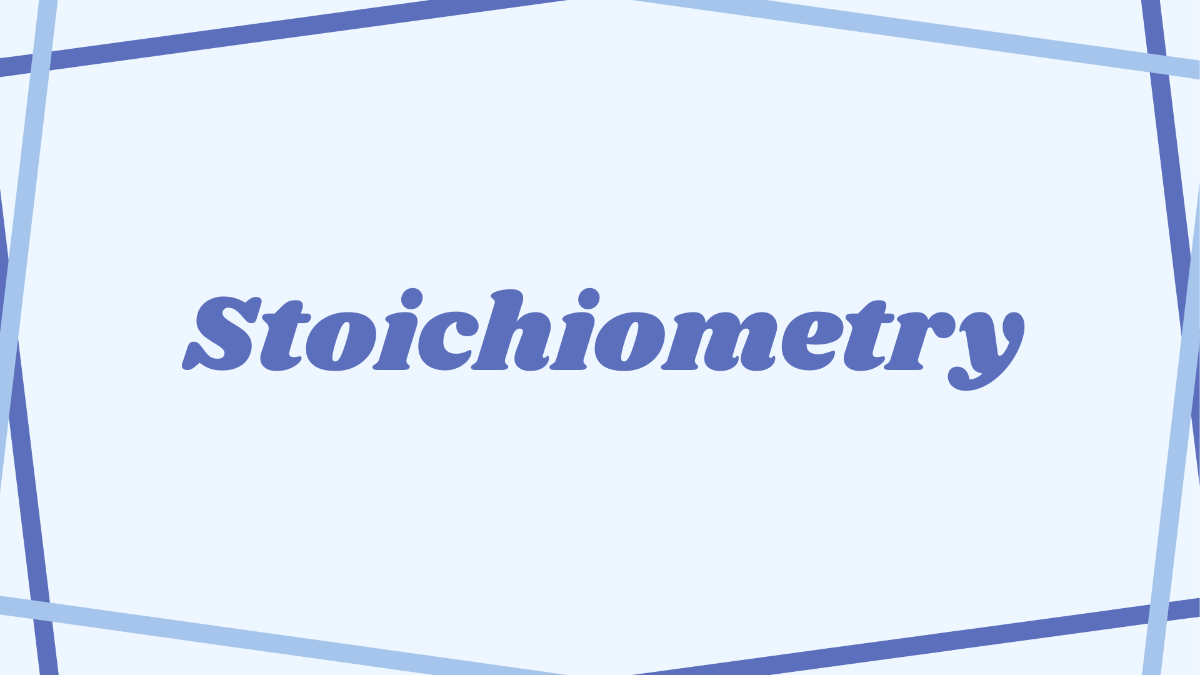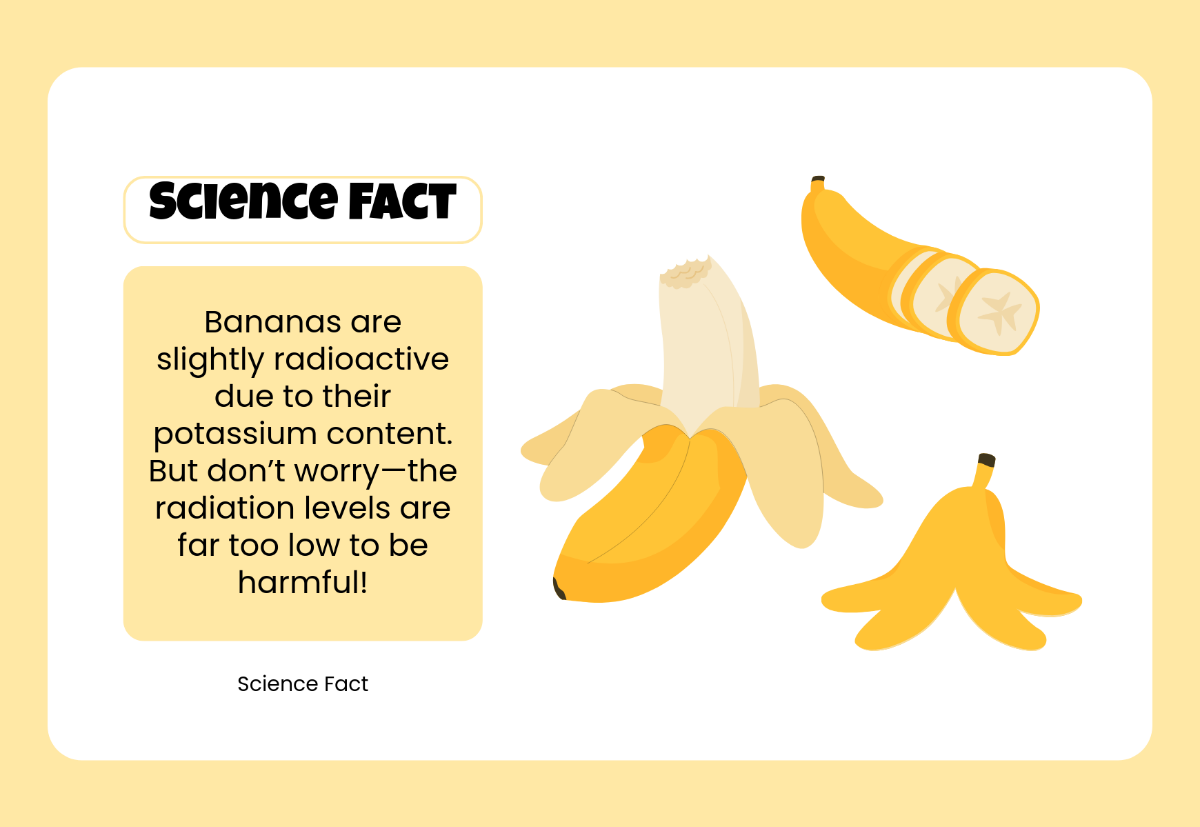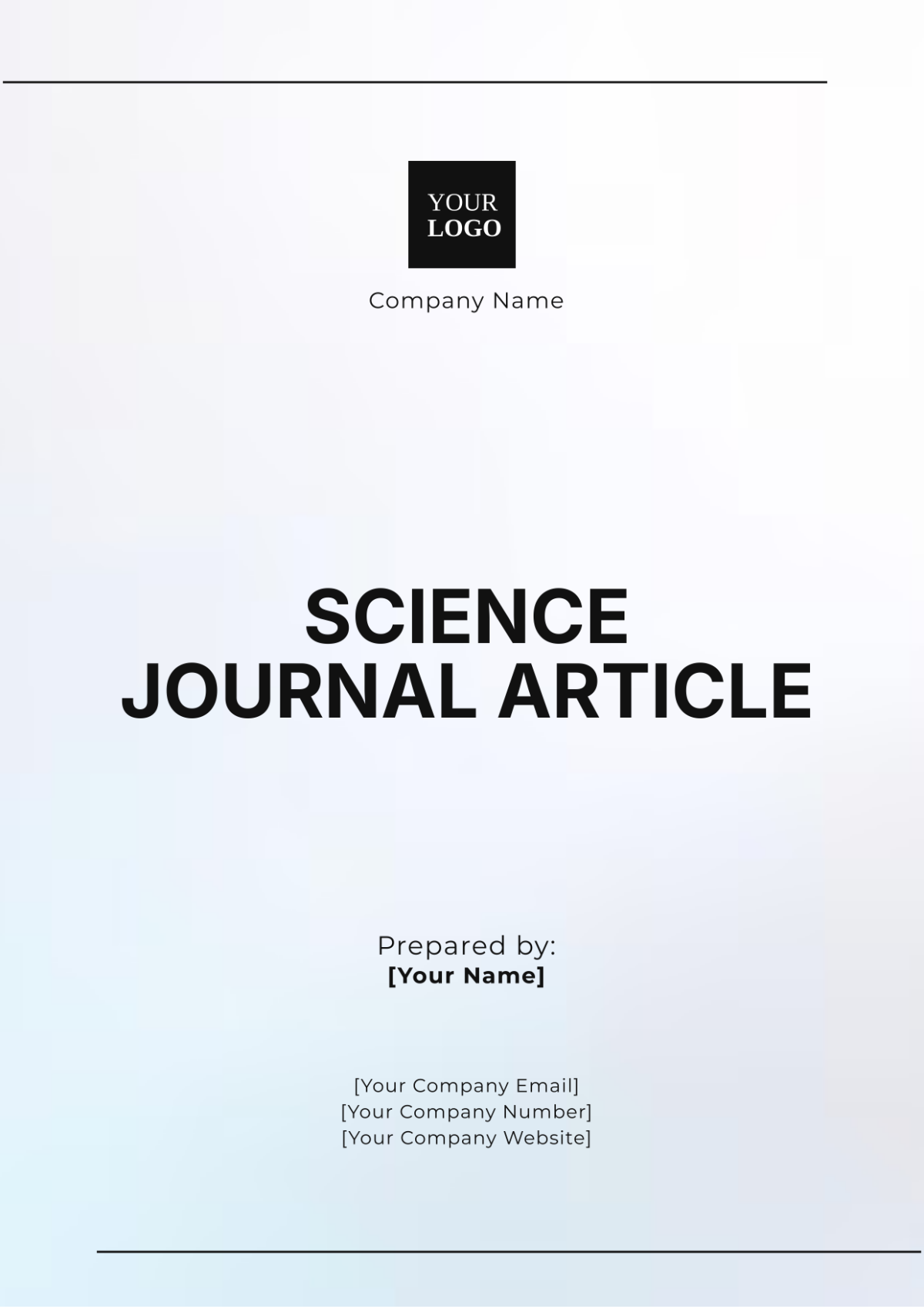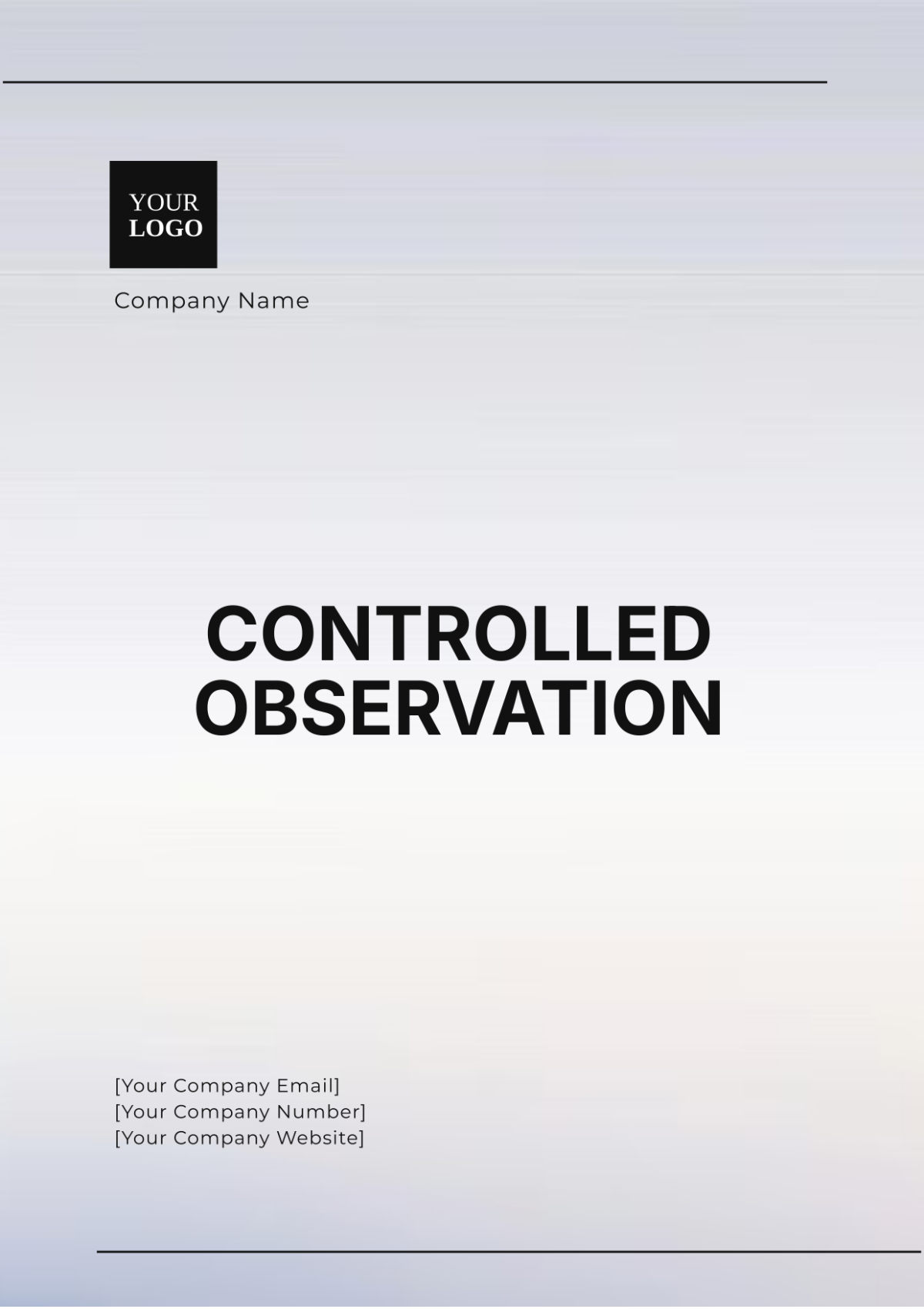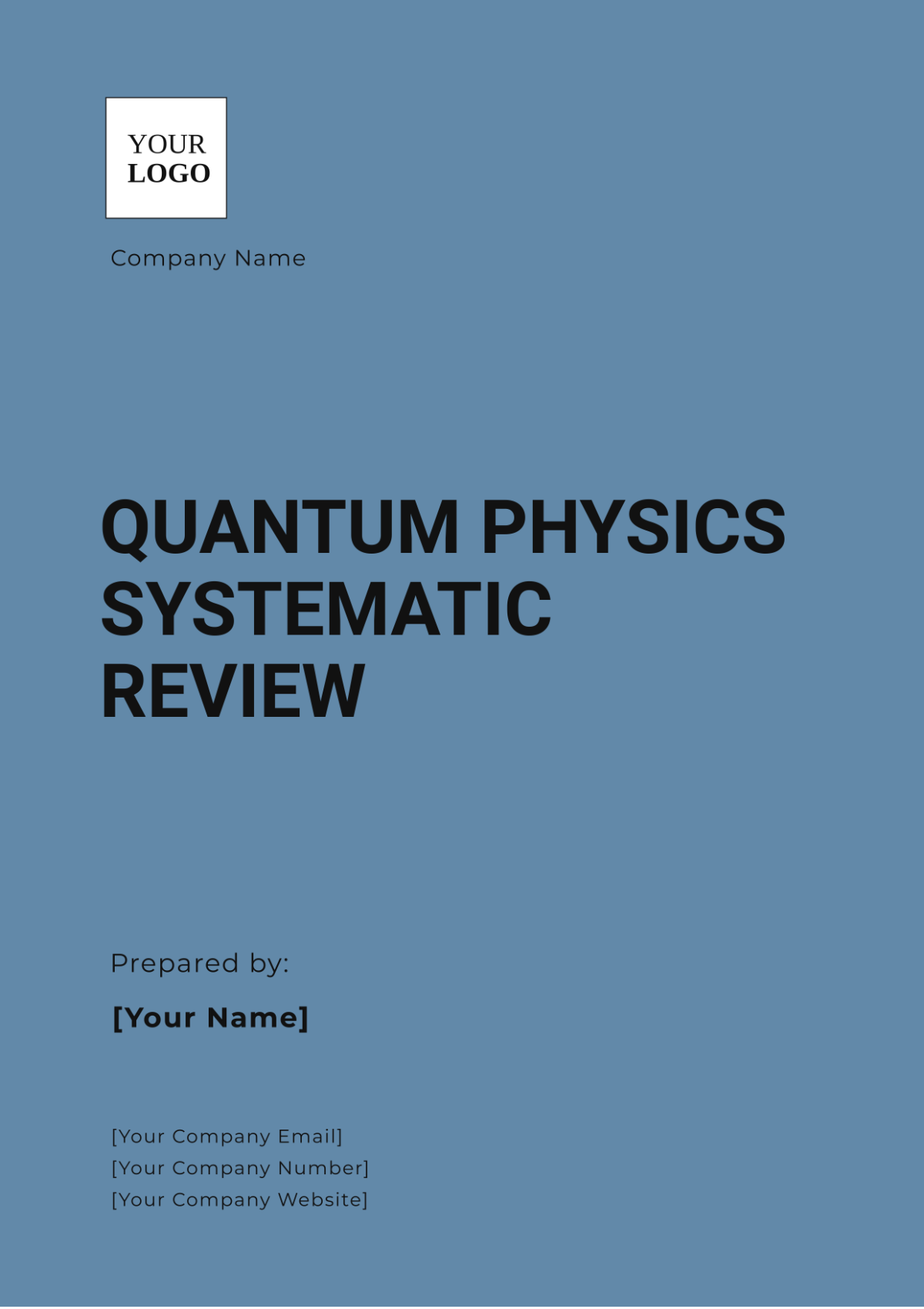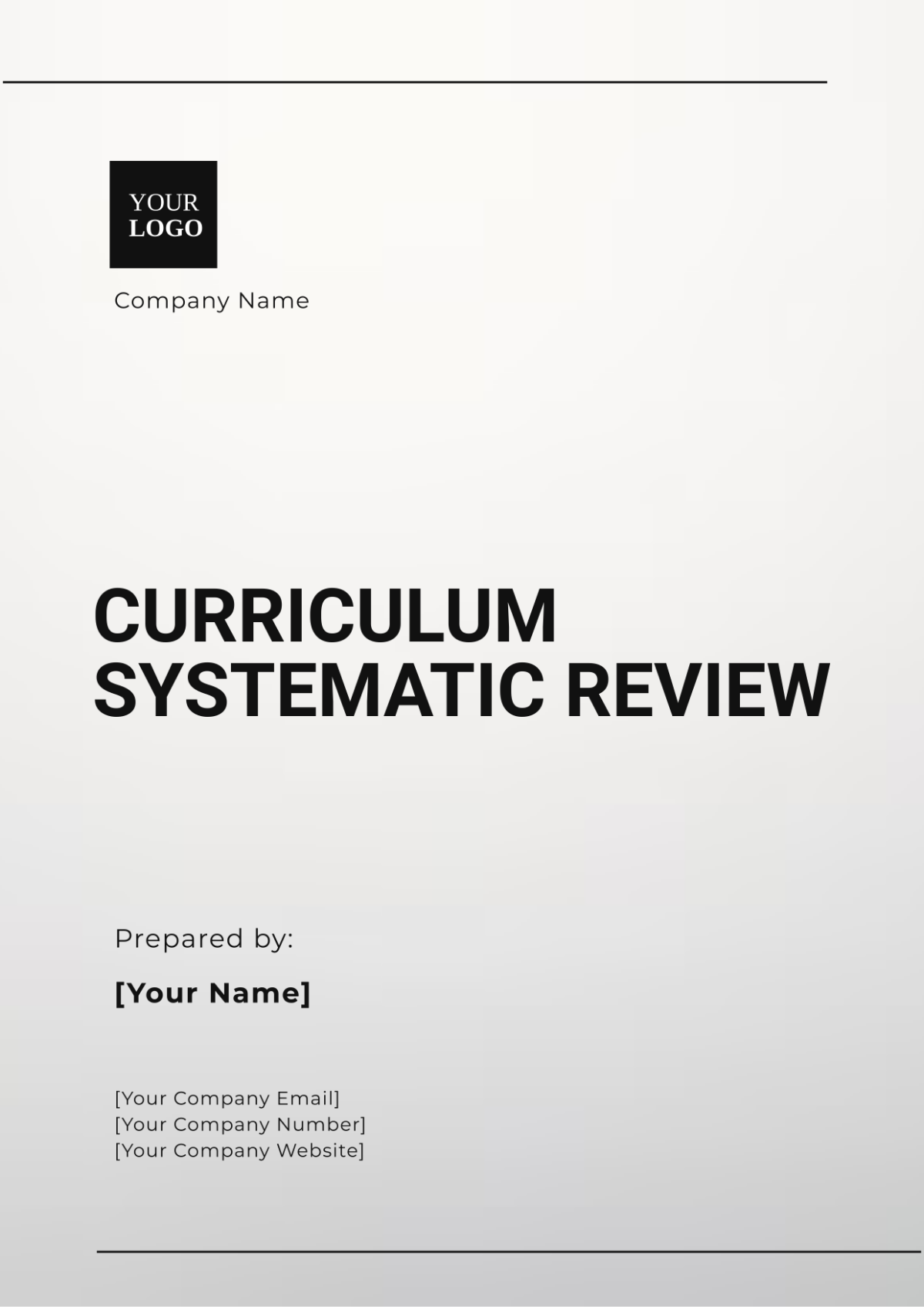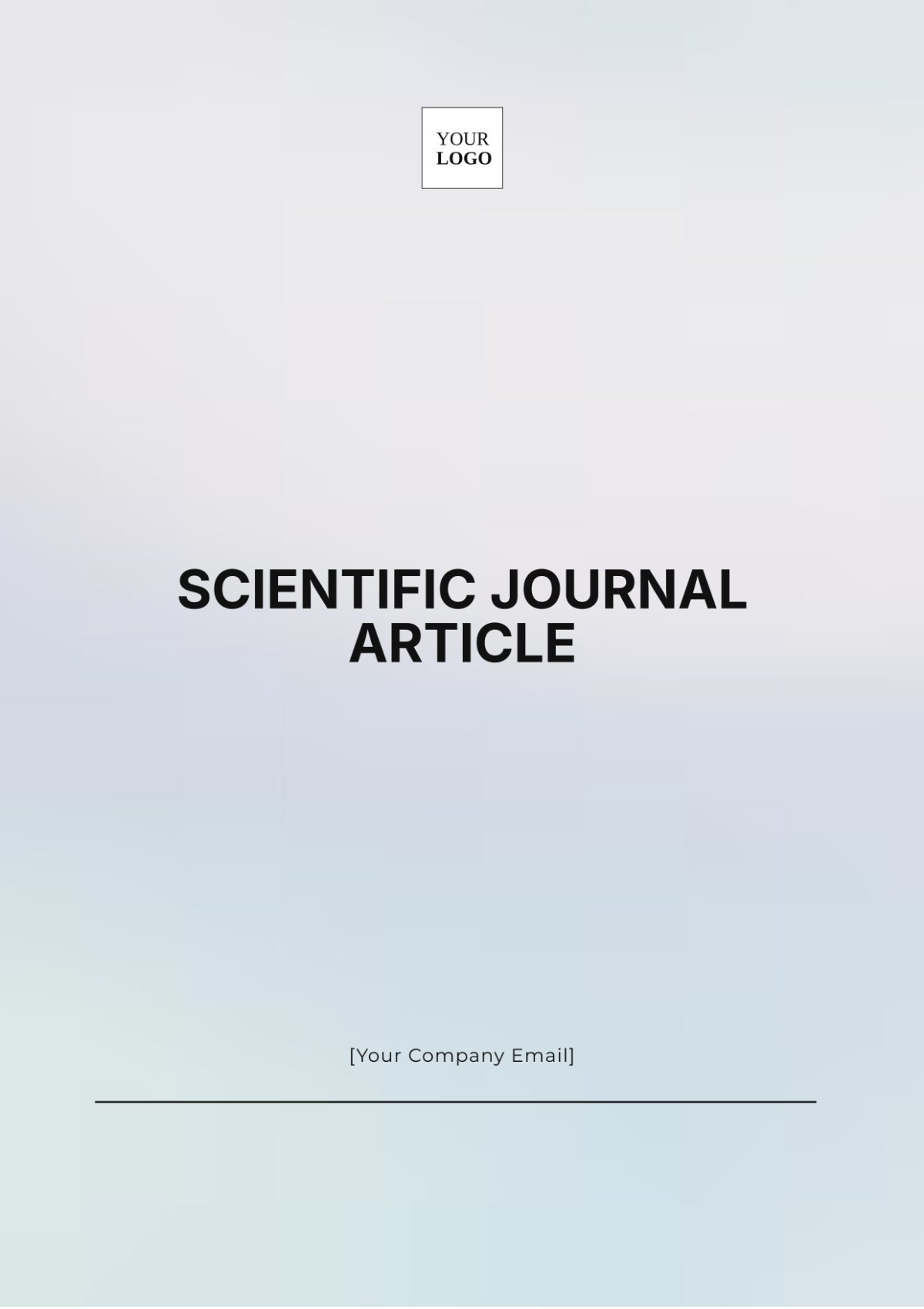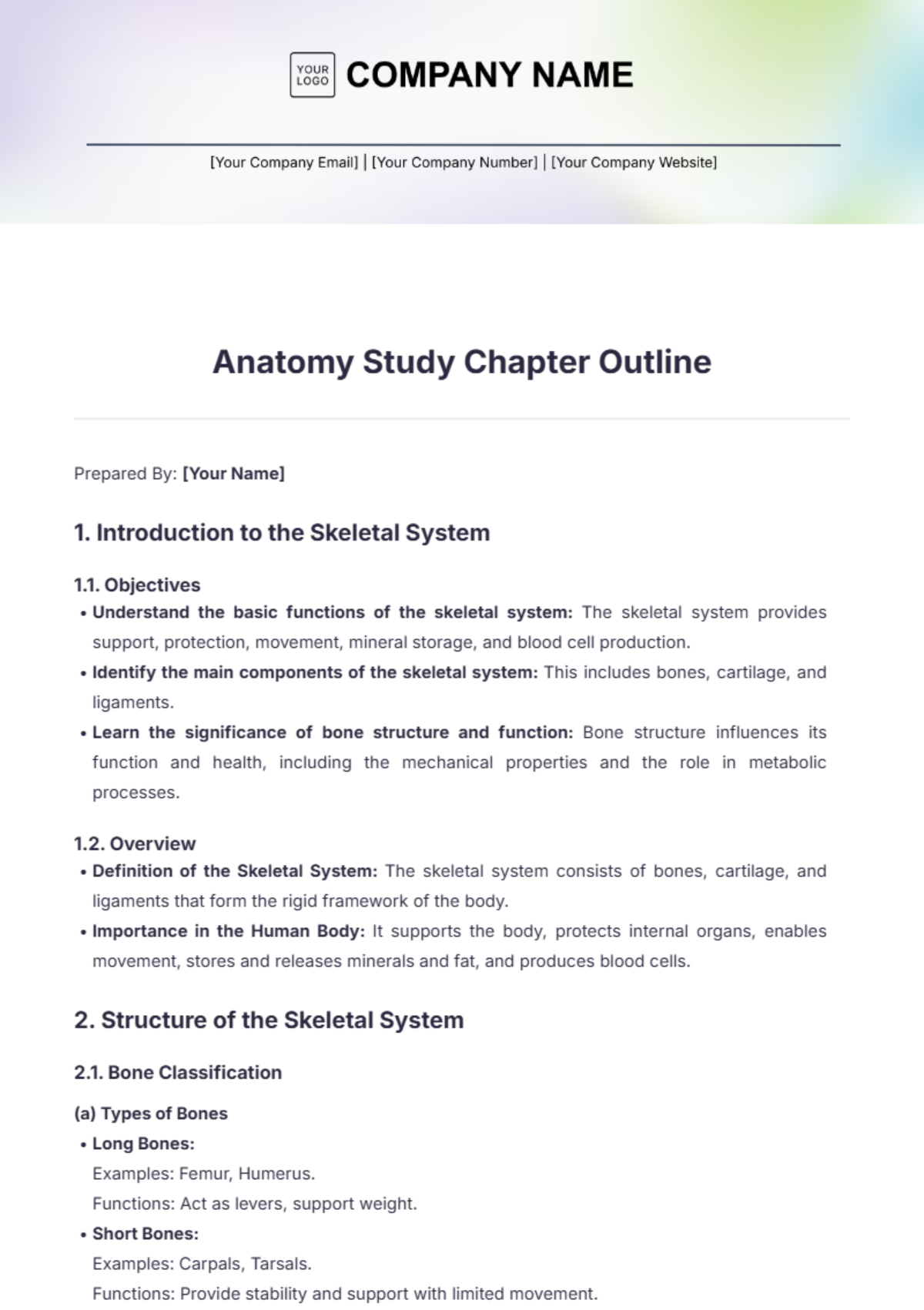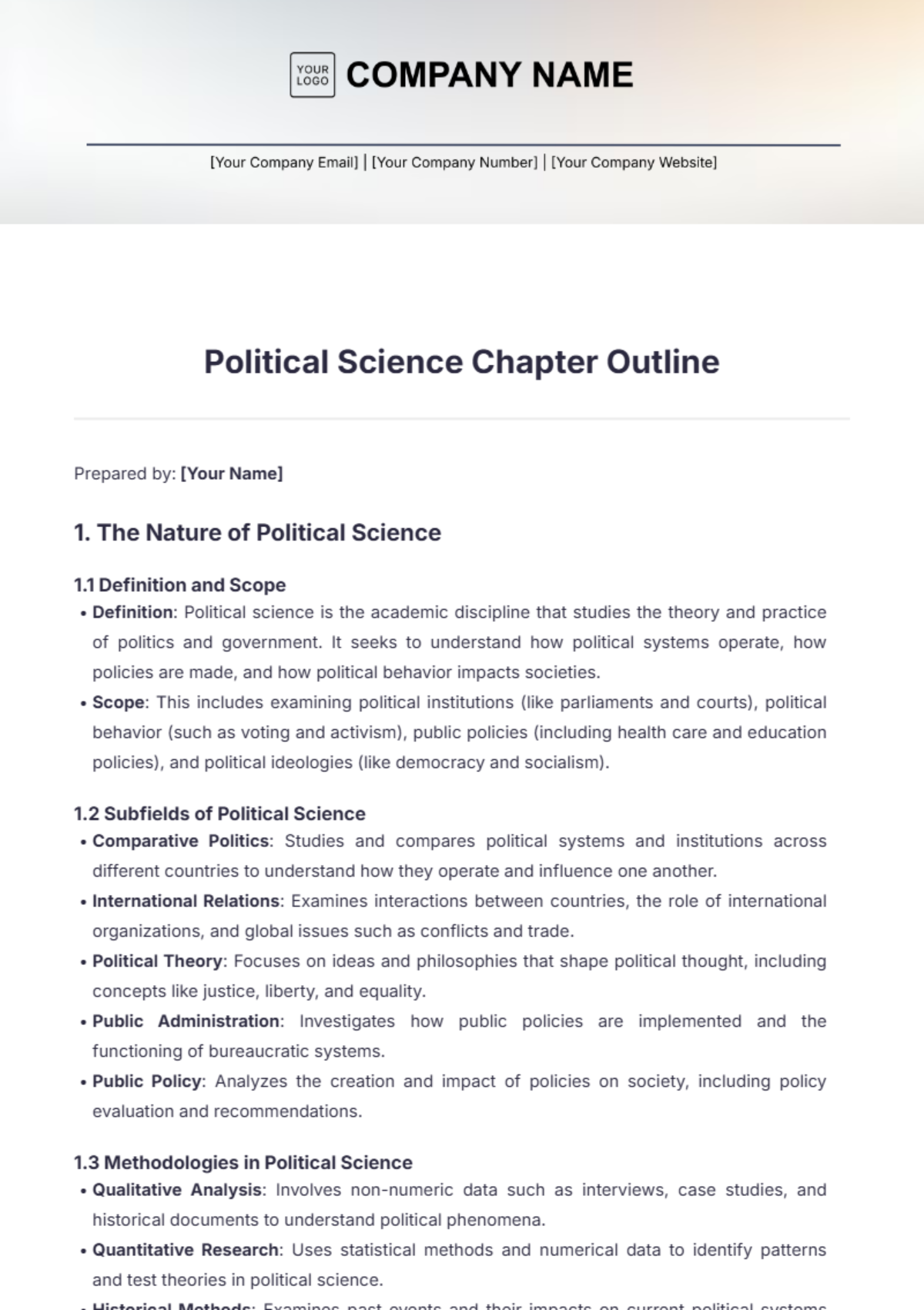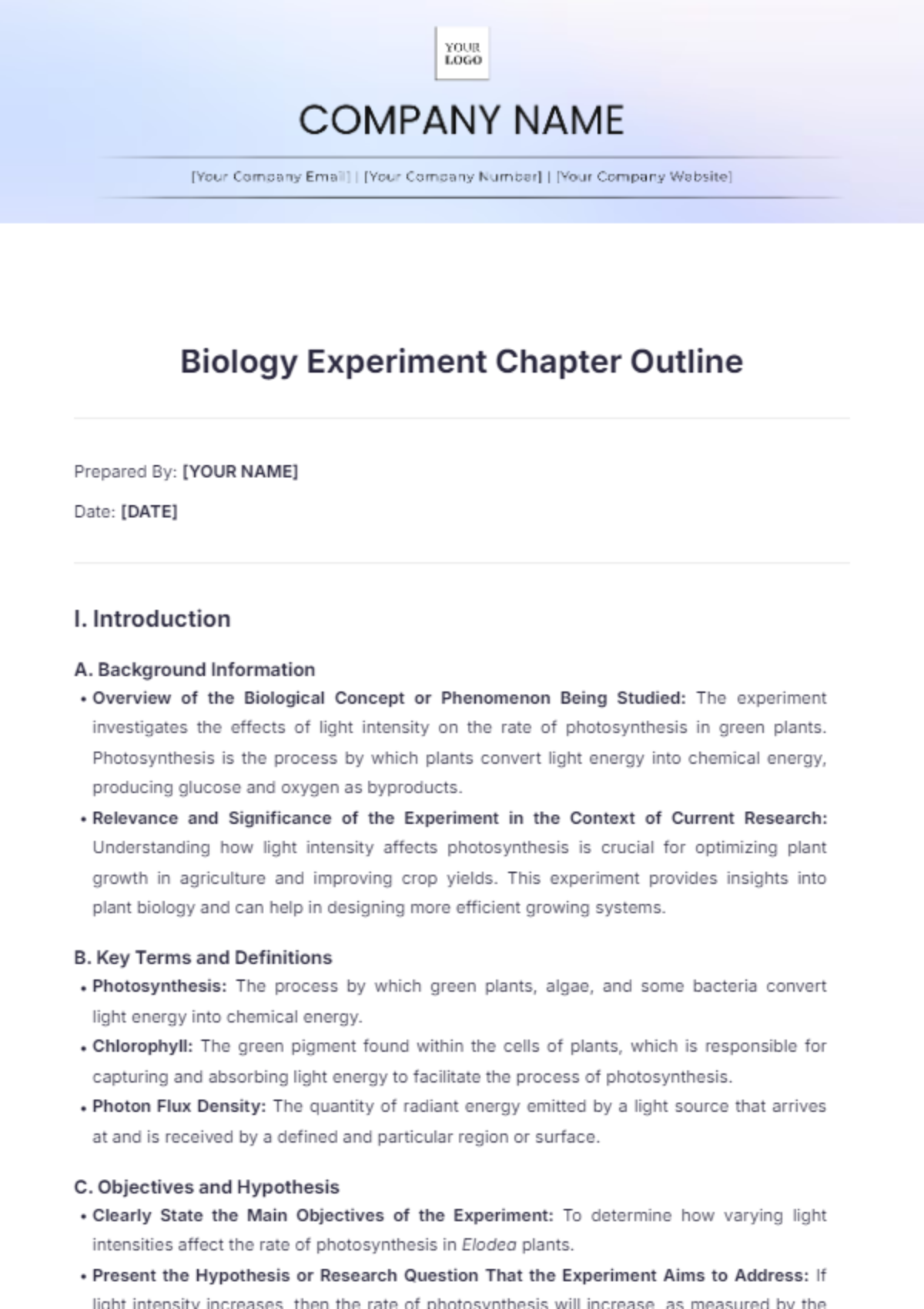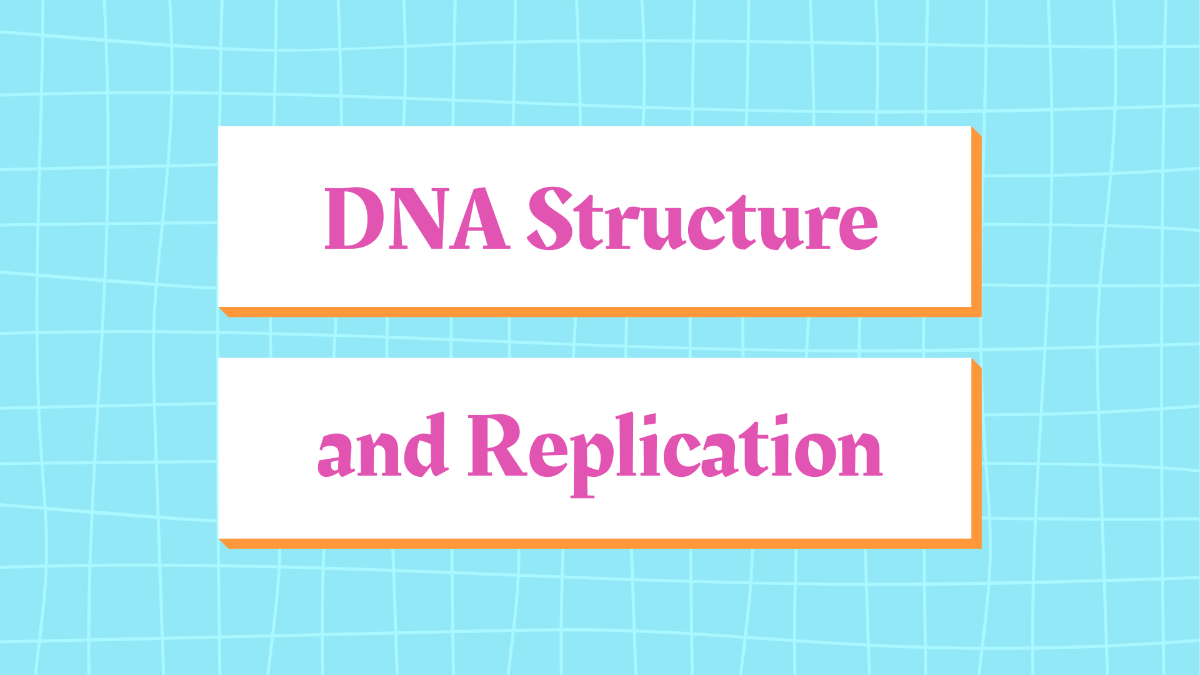JACS Communication
Title:
Novel Synthesis of Bioactive Organic Compounds via Visible-Light Photocatalysis
Authors:
[YOUR NAME], et al.
[YOUR COMPANY NAME], Department of Chemistry, Austin, TX 73301
Abstract:
We present a novel synthetic route for bioactive organic molecules using visible-light photocatalysis with Ru(bpy)₃²⁺ as the catalyst. This method enables the functionalization of aryl halides under mild conditions, yielding highly selective C–C bond formations. Our approach was tested on a broad range of substrates and consistently yielded over 90%, showcasing its industrial potential in pharmaceutical synthesis. In addition to its sustainability, this strategy expands the toolbox for the rapid generation of structurally complex organic compounds.
Introduction:
The search for efficient, green methodologies for the synthesis of bioactive molecules has driven advancements in photocatalysis. Ru(bpy)₃²⁺, a well-known photoredox catalyst, has demonstrated high versatility in promoting various bond-forming reactions under mild conditions. Despite significant developments in this area, challenges remain in controlling selectivity and expanding the substrate scope. Herein, we disclose a highly efficient and selective method for the C–C bond formation via visible-light photocatalysis using Ru(bpy)₃²⁺. This method has proven effective for the functionalization of aryl halides, delivering high yields and selectivity in pharmaceutical precursors.
Results and Discussion:
Table 1. Scope of Visible-Light Photocatalytic Reactions with Ru(bpy)₃²⁺
Entry | Substrate | Product | Yield (%) | Reaction Time (h) |
|---|---|---|---|---|
1 | 4-Bromobenzaldehyde | 4-Benzylbenzaldehyde | 95% | 4 |
2 | 2-Chlorobenzonitrile | 2-Benzylbenzonitrile | 92% | 3.5 |
3 | 3-Iodotoluene | 3-Benzyl-1-methylbenzene | 94% | 4.2 |
4 | 4-Bromoanisole | 4-Benzylanisole | 91% | 3.8 |
5 | 1-Bromonaphthalene | 1-Benzyl-1-naphthalene | 93% | 5.0 |
In this study, we systematically examined various aryl halides as substrates under optimized conditions using Ru(bpy)₃²⁺ and a 450 nm LED light source. The reactions proceeded with remarkable efficiency, achieving yields over 90% across all tested substrates. Notably, the methodology tolerates a broad range of functional groups, including aldehydes, nitriles, and ethers, which are commonly found in bioactive molecules.
Mechanistic Insights:
The visible-light activation of Ru(bpy)₃²⁺ produces a long-lived excited state capable of single-electron transfer (SET) with aryl halides, generating aryl radicals (Scheme 1). These radicals undergo radical coupling with various nucleophiles, leading to selective C–C bond formation. Spectroscopic studies, including time-resolved fluorescence quenching experiments, confirmed the involvement of the Ru(bpy)₃²⁺* excited state in the reaction mechanism.
Scheme 1:
Mechanistic Pathway of Aryl Halide Functionalization via Visible-Light Photocatalysis
Conclusion:
Our study demonstrates the high efficiency and versatility of Ru(bpy)₃²⁺-mediated visible-light photocatalysis for the selective functionalization of aryl halides. This green synthetic methodology is applicable to pharmaceutical and agrochemical industries, providing a scalable solution for complex molecule synthesis under mild, sustainable conditions. Future work will focus on expanding the substrate scope and integrating this method into multistep syntheses of natural products.
Acknowledgments:
We gratefully acknowledge financial support from [YOUR COMPANY NAME], the Department of Energy, and the National Science Foundation (Grant No. 12345678). We also thank Dr. E. Thompson at [YOUR COMPANY NAME] for helpful discussions on photochemical reactor design.
Supporting Information:
Experimental procedures, compound characterization data (1H NMR, 13C NMR, HRMS), and detailed mechanistic studies are provided in the Supporting Information.
References:
Smith, J. et al. J. Am. Chem. Soc. 2055, 142, 5432.
Johnson, T. et al. J. Org. Chem. 2055, 88, 1231.
Doe, A. et al. Chem. Rev. 2055, 126, 2450.
